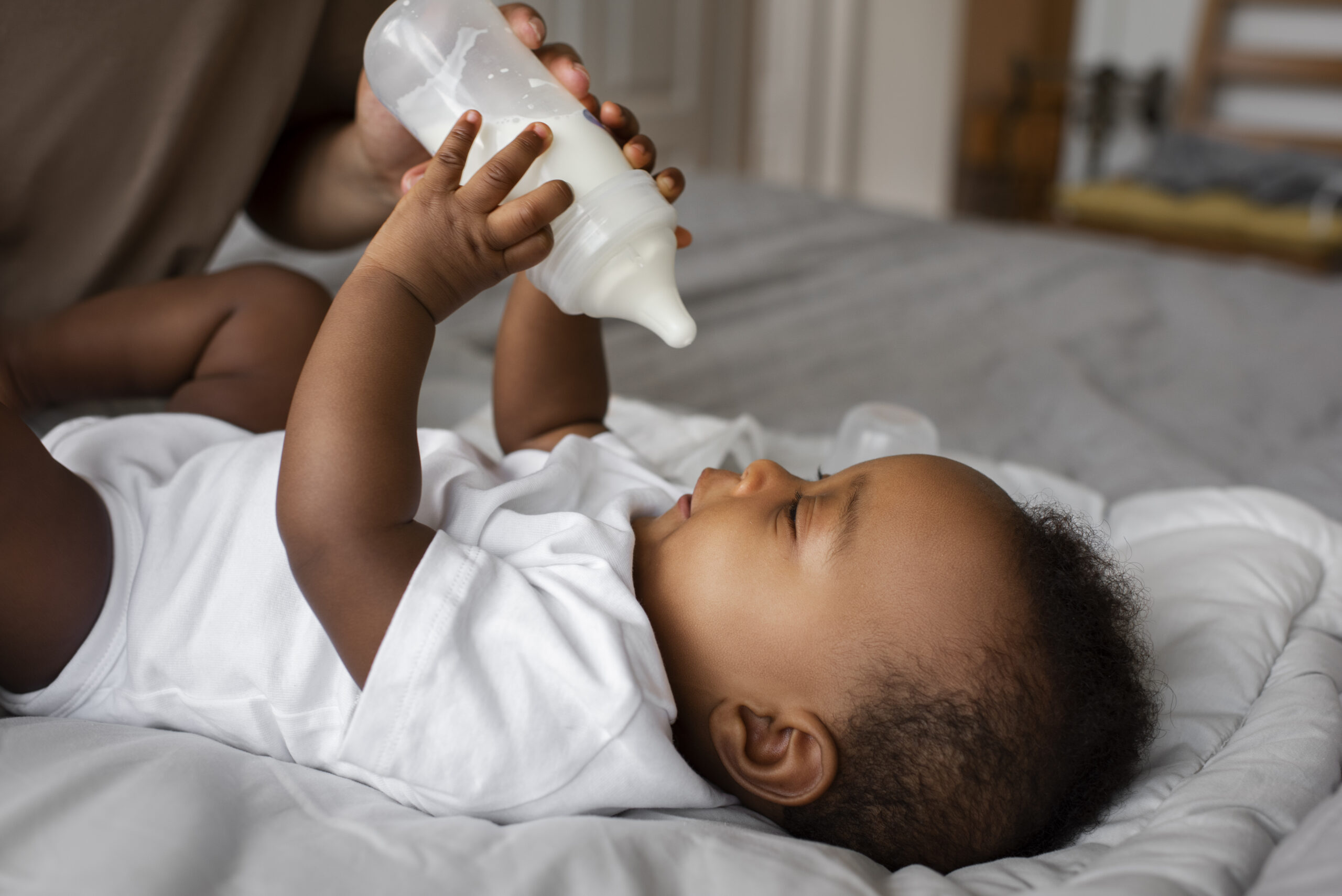Revive your soles
There is perhaps no other part of our body that is as active as our feet. The average adult takes 4000 to 6000 steps a day, and your feet carry
There is perhaps no other part of our body that is as active as our feet. The average adult takes 4000 to 6000 steps a day, and your feet carry you five times round the world during your lifetime. Your feet are one of the most important parts of the body – apart from helping you move, they keep you balanced and play a big role in your posture. Neglecting them has a huge impact on the way your body functions, not to mention how it looks. Most people neglect their feet, letting unsightly problems accumulate and if you add this to the wear and tear of feet because of the heavy work they do, you are unlikely to end up with a pretty picture. If you want your feet to carry you around without complaining, ensure you give them a little tender loving care.
The secret to healthy active feet is regular moisturising. If the foot’s skin is dry, it can’t perform its preventative function properly. Moisturising after a shower or bath helps the skin move and glide accordingly as you walk throughout the day, and prevents blisters and infection that can occur due to hard, cracked areas. Runners are particularly prone to hard skin, which can cause pain.
Hard skin and toe deformities can suggest you are walking incorrectly or wearing ill-fitting shoes. Checking your shoes will tell you if you are walking correctly. If heels are worn down on the outside edge, you walk ‘correctly’ – striking the ground on your outer heel and pushing off from your big toes. If they are worn on the inside edge, you are a ‘pronator’ – your arch drops and your foot rolls inwards, increasing the risk of knee and hip twists.
Vigorous filing is not the best solution for calloused feet, as the foot can get the wrong message that it is under attack and, therefore, build up yet more hard skin. Instead of using a pumice stone of foot file regularly, moisturise daily and you will see improvements. Don’t use regular body lotions on your feet, especially when they are calloused, but instead choose a good foot cream. Regular anti-fungal treatment is important to prevent athlete’s foot and nail infections. Many people get fungal infections, which are easy to pick up in gyms and shared bathrooms. Disinfect your footwear every six weeks with an antifungal spray. A spray is also a better choice for your feet than powder.
Split, sore skin between your toes isn’t necessarily athlete’s foot. Not drying properly between your toes after contact with water can cause skin to macerate. Don’t use talcum powder; it can create an ideal breeding ground for bacteria. Instead, dab some surgical spirit nightly to dry sweat out, and wear socks with your walking shoes. To prevent verrucas, always wear flip-flops in the changing rooms and shower.
A minor foot problem could become a major health issue in the future, so it’s important to get help when you suspect something is wrong. Here are common foot problems you should be on the lookout for:
Hard, red skin on your toes: These are corns, which are a result of pressure from tight shoes. Your skin sends more skin cells to its surface to protect the area, but poor blood supply makes these die, forming a lump known as a corn. This presses down into your nerves underneath, causing pain.
A corn should be removed by a podiatrist with a scalpel (it doesn’t hurt), or you can buy a corn-removal product from the pharmacy. Use a foot file or a pumice stone on calloused areas cautiously. If you are prone to corns, use fleecy padding to protect your feet.
Dry, cracked heels: These occur when you neglect your feet – probably wearing flip-flops or going barefoot in the heat or on dusty paths – so your heels are worn and dry, and the skin starts to split. Heel cracks can be really painful, take time to heal and may get infected, so don’t ignore them. Use specialist heel cream with urea to target the problem areas. Apply at night under bed socks, and visit a podiatrist if it doesn’t resolve itself.
Rubbing and blisters: Blisters are caused by shoes that irritate the skin. When shoes are ill fitting, friction causes fluid to build up between the top and lower levels of the skin to protect feet. If blisters are a problem when running or walking, try applying Vaseline to susceptible areas prior to running and wearing double-layer socks. Hot, sweaty feet make blisters more likely, so keep your feet cool and dry. Resist the urge to pop blisters and instead use cushioned plasters to protect them until they heal.
Verruca or athlete’s foot: Warm, damp floors and shoes, particularly trainers, are breeding grounds for both infections, which are caused by a virus. Always dry feet and toes thoroughly and wear clean socks. Protect feet by wearing flip-flops in changing rooms. Avoid wearing the same walking shoes two days in a row and let them dry out between wears. Don’t walk around barefoot or share a towel or pumice stone if you have the infection. Tea tree and lavender essential oils contain antifungal agents and can help.




